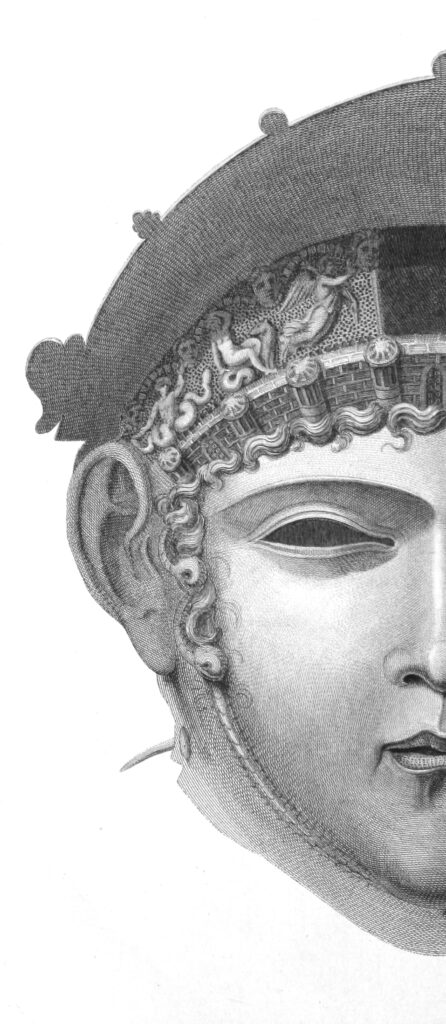The Museum Past and Present – 100 Years of Museum History
The idea of a museum in Ribchester was conceived by Margaret Greenall, originally from Warrington and a member of the famous brewing family, in the early years of the twentieth century. Her objective was to stem the flow of artefacts out of the village that had occurred ever since Ribchester was first recognised as a site of special historic interest. Ribchester Museum of Roman Antiquities was thus opened under Miss Greenall’s direction in 1915. The original museum building comprised one room, which was added to in the 1960s by a temporary prefabricated extension. This annexe increased the Museum’s storage and display areas and sufficed until the 1980s by which time its condition had seriously deteriorated. A plan to rectify this situation was hatched and by 1990 the Museum had been completely revamped. A new two-storey extension to the rear of the original building was constructed, connecting the Museum to the adjoining cottage. The cottage, previously the incumbent curator’s residence, was incorporated into the Museum. These developments were undertaken under the auspices of Ribchester Museum Trust, which had been formed from the museum committee following the National Trust’s decision to relinquish the property after almost seventy years of ownership.
In 2001 the Museum reopened after the most ambitious redevelopment scheme in its history. Making use of the Heritage Lottery Fund, European funding and grants and assistance from other supportive organisations, it was once more extended to incorporate the adjacent vacant building, and a new wing was built opposite the original Museum. The permanent exhibition was replaced completely by striking, informative and modern displays and for the first time the most interesting objects from the 1989 excavation in St Wilfrid’s Graveyard were put on show. Behind the scenes facilities were improved and issues such as access and education were addressed.



